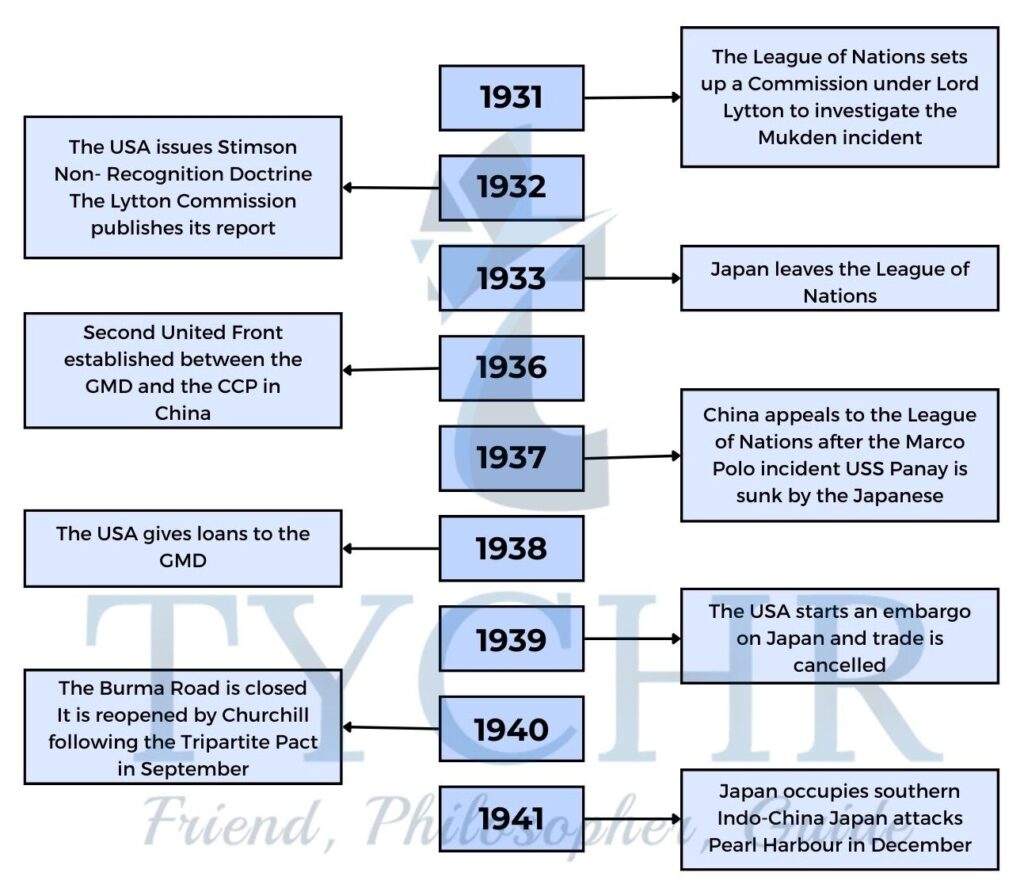the international response to japanese aggression, 1931-1941 Notes
The League of Nations’ response to events in Manchuria 1926-31
- Japan’s action in the Mukden incident was the first challenge to the new international system
- The League of Nations was set up in 1919
The organization and the aims of the League of Nations
- It consisted of the Assembly of the League and the Council of the League
- It met yearly and each member state had one vote
- It would take action against a member of the League who resorted to war
- The Covenant of the League was the document which set out how the League was to achieve its aims of promoting international cooperation and peace
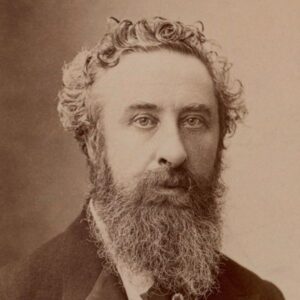
Actions in response to the Mukden incident:
- China appealed to the League for investigation
- Several meetings were held and attended by the Japanese government and the USA (non-member)
- The Japanese government was cooperating with the League unlike the army
- The League sent a commission led by Lord Lytton (in picture) to Manchuria
- In March 1932 the Japanese conquered Manchuria
- The Lytton Commission’s Report was published one year later, it stated:
- Japan had special interests in Manchuria
- Japan should give up and withdraw its forces
- Manchuko was not an independent state
- Manchuria should become independent but under Chinese sovereignty
- The League suggested that Japan should withdraw its troops and the two countries should negotiate a non-aggression pact and trade agreement
- Japan did not accept the report and withdrew from the League in March 1933
Why did the League not take stronger action?:
- France felt it had no reason to go against Japan
- Britain was unwilling to act as its own interests were not at stake
- The impacts of the Great Depression were severe
- There was fear of communism and Japan was viewed as an ally in containing Russia in the Far East
Impact of the League’s failure to take action over Manchuria:
- Japan continued with its expansion
- It contributed to Mussolini’s decision to invade Abyssinia
The response of the League and Europe to events after 1932
- China appealed to the League after the happening of the Marco Polo Bridge took place and the bombing Of Shanghai
- The League was now impotent and could take little practical action
- Britain and France were preoccupied by events in Europe
- The Nine Power Treaty conference was convened for the last time in Brussels, it failed in taking measures to stop Japan
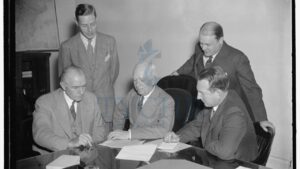
Nine power treaty conference
The response of China to events after 1932
The establishment of the Second United Front:
- There were serious demonstrations in Beijing against Jiang Jieshi’s policies
- In December 1936, Jiang was kidnapped by the troops under General Zhang Xue-liang (in picture)
- The Second United Front was formed between the GMD and the CCP
- There was to be a war of national resistance instead of a civil war
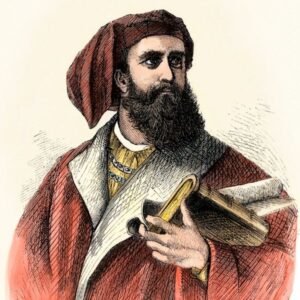
China’s actions following the Marco Polo Bridge incident:
- A national conference consisting of the Nationalists and the Communists was held
- Mao declared a policy of total resistance by the whole nation
- However, the war went badly for China, Beijing, Shanghai, Ghangzhou and Nanjing were captured by Japan
- The GMD withdrew their capital to Chongqing
- The regime of the New Government of China led by Wang Jingwei was recognised by Manchuko and the three Axis powers but not the West
By 1938, China was divided into three parts:
- Nationalist China based in Chongqing
- Communist China based in Shaanxi
- Japanese –occupied China in the east and north
- There was tension between the Nationalists and the Communists
- Jiang attacked the Communists in 1941
- After Pearl Harbor and declaration of war by the USA against Japan, Jieshi realized that Japan would be defeated
- Now, the Sino-Japanese conflict became part of the Second World War and the fight against totalitarianism and aggression.
The USA’s response to Japanese actions 1931-37
- USA followed the ideal of isolationism
- It concentrated on internal issues after the Wall Street Crash of 1929
- US interests and security were not directly threatened by the Manchuria incident, little action was taken
- Because Congress had rejected funding, the United States lacked a credible naval force in the Pacific.
- USA took interest in maintaining trade relations and investment interests in Japan
- The US issued a non-recognition doctrine (the Stimson Doctrine) on 7 January 1932
- It stated that the US would not recognize a breach to the kellogg-Briand Pact or the open door policy.
- Roosevelt after President Hoover, continued with the same response.
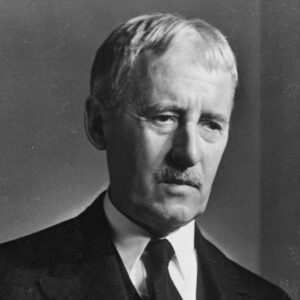
Fact:
The Stimson Doctrine is named after Henry Stimson (in picture).
The USA’s response to events 1937-38
- Roosevelt had sympathy for China
- The USA rejected 10 British appeals to be a part of being a union of mediation in the Sino-Japanese conflict
- Roosevelt’s actions were also restricted by the Neutrality Acts
Fact:
Neutrality Acts, 1935-The United States would not provide arms to either side in a war; loans could not be given to belligerents in 1936; and warring nations could only purchase arms from the United States if they were paid for and taken away by the buyer in 1937.
- The Japanese bombed USA’s gunboat, the Panay on 12 December 1937
- The Japanese quickly apologized, this relieved US citizens
- USA did not impose economic sanctions on Japan
- Trade continued with Japan until 1939 and supported Japan’s war against China
The Policy towards Japan was changed by the USA after 1938, why?
- Roosevelt chose not to adhere to the Neutrality Act to China and gave an oil loan of $25 million
- The announcement that Japan wished to create “a new order in East Asia” made the Americans resist Japanese expansion
- If USA did not give enough support to Jiang, the Soviets might increase their support there and expand their impact on Chin
The advance to war: US pressure on Japan
- “A moral embargo” was placed on the aviation part sales and planes and credit to Japan was stopped
- Throughout 1940 and 1941, USA financed China with millions of dollars
- In July 1941, when Japan moved south, the USA freezed all Japanese assets
- The USA, the Netherlands and Britain imposed trade embargos
- This created a crisis for Japan as it was being “encircled”
- The Japanese did not agree to USA’s negotiations for retreating troops from China
- The attack on Pearl Harbor united the Americans for war against Japan which was declared on 8 December by President Roosevelt

attack on pearl harbour
Acronym Sheet for revision
Some important points can be retained easily with the help of these short forms.
The League of Nations CAVY | Response of China to events after 1932 ACTS |
Lord Lytton’s report on Manchuria SIW | USA’s response to Japan SIT |

